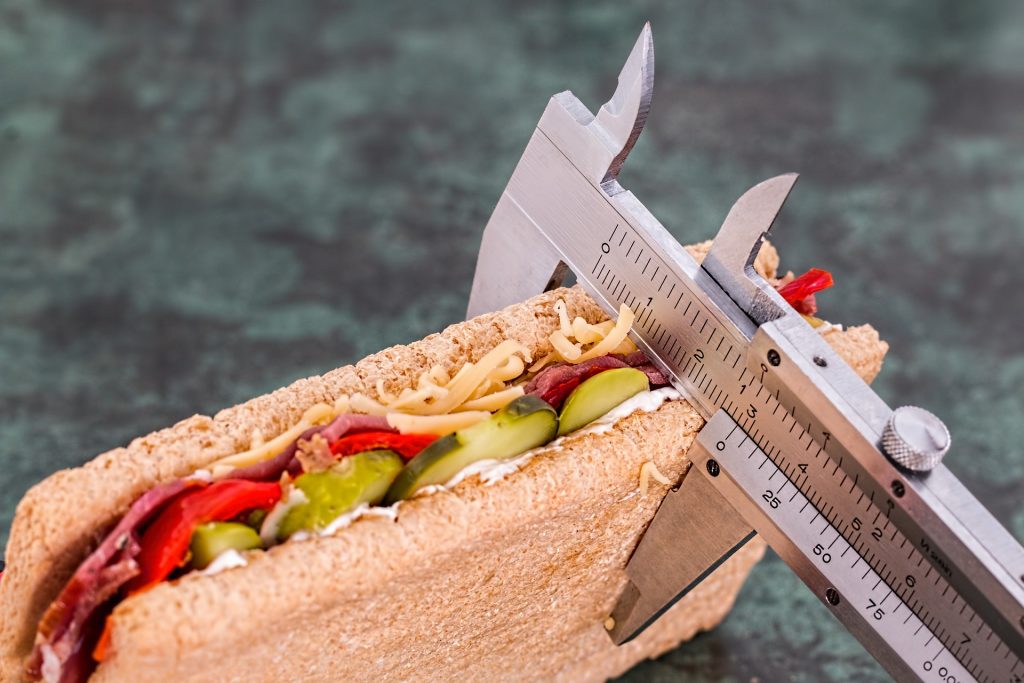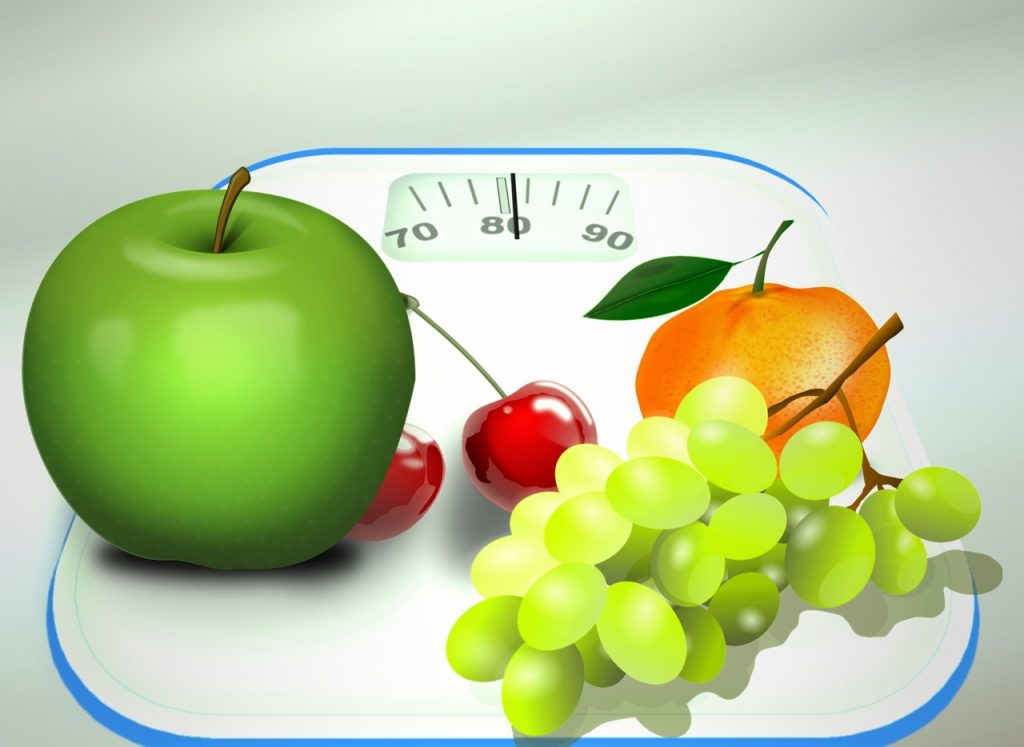 The body mass index (BMI) is a system of measurement that represents the weight of an individual’s’ body squared by the height (Kg/m2). The body mass index is used by the mainstream medical community to assess the degree to which a person is overweight. This uses is largely down to the ease of measurement, with just a weight measurement of the individual from a balance and a height measurement all that is required to calculate the BMI. This means the procedure is quick and non-intrusive for the subject. The mainstream medical community has a set range of BMI measurements (taken from the World Health Organisation) that it uses to assess overweight and currently anyone with a BMI of between 25 and 29.9 kg/m2 is considered overweight and anyone with a BMI over 30 kg/m2 is considered obese. However, the body mass indices suffers from the same problems as the bathroom scale, and that is the fact that it does not take account of body composition.
The body mass index (BMI) is a system of measurement that represents the weight of an individual’s’ body squared by the height (Kg/m2). The body mass index is used by the mainstream medical community to assess the degree to which a person is overweight. This uses is largely down to the ease of measurement, with just a weight measurement of the individual from a balance and a height measurement all that is required to calculate the BMI. This means the procedure is quick and non-intrusive for the subject. The mainstream medical community has a set range of BMI measurements (taken from the World Health Organisation) that it uses to assess overweight and currently anyone with a BMI of between 25 and 29.9 kg/m2 is considered overweight and anyone with a BMI over 30 kg/m2 is considered obese. However, the body mass indices suffers from the same problems as the bathroom scale, and that is the fact that it does not take account of body composition.

The body mass index (BMI) has been criticised for its inability to accurately predict overweight or obese individuals. The waist to hip ratio (the ratio between the circumference of the waist and hips as measured by a tape measure) and the waist circumference (the measurement of the waist via a tape measure) are better predictors of overweight and obesity.
Skeletal muscle mass is the elephant in the room for those that wish to monitor their progress using a bathroom scale or the BMI calculation. While ultimately most would consider the objective of their weight loss endeavours to lose body fat, I would suggest that this not actually the case. I would suggest that a body composition improvement is the goal, and while this can include a considerable loss of body fat, it can also include a considerable gain in muscle mass. As muscle weighs more than fat, losing body fat and gaining muscle brings with it the problem that often body composition can be improved while body weight or BMI may actually increase or stay the same. Such an individual may then be convinced that the previous period of time has been unfruitful in terms of progress, if they rely on the bathroom scale or the BMI for assessment. However, the mirror never lies, and while the bathroom scale may hide the truth, the mirror may show substantial progress.

The bathroom scale can be very deceiving when assessing body composition improvements. Often the mirror is the superior assessment tool.
It is therefore important to use a number of different assessment processes to monitor progress rather than relying on the bathroom scale or a BMI calculation. Some athletes have excellent body compositions that many would aspire to, yet their BMI is very high due to the high proportion of skeletal muscle that they possess. Further, when advanced progress is made and the law of diminishing returns rears its head, fluctuation of 4 to 6 pounds in body weight due to hydration levels can mask any fat loss effect which may only amount to a few hundred grams per week at most. Under Such circumstances the appearance in the mirror, particularly separation around muscle groups and tightness of areas such as the abdominals can be a far better indicator of progress than the bathroom scale or the BMI measurement. Weight can therefore be used as a guide, but the information it provides should always be taken in context. Weight is therefore largely irrelevant as long as body composition is improving.
RdB
